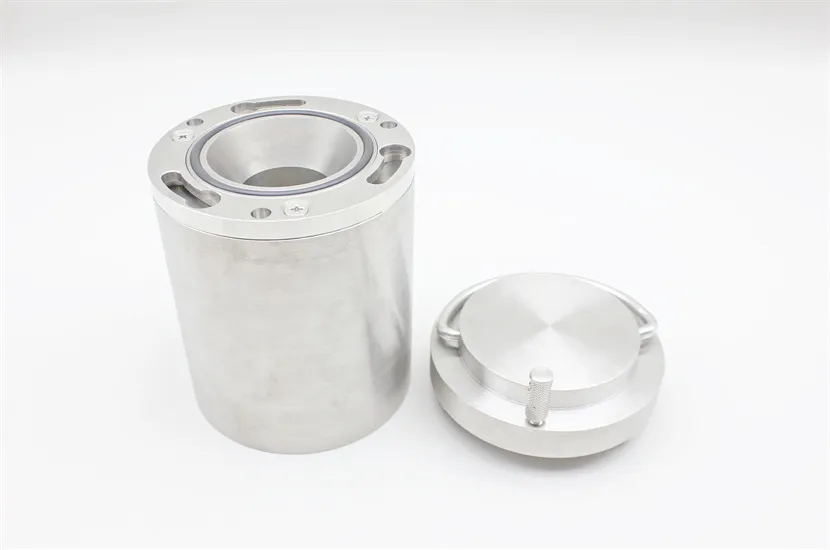The heavy composition of tungsten heavy alloys wires usually contributes to excellent mechanical equilibrium and also energy transfer capability. The there being a good microstructure the material becomes not only more durable but less prone to failing even if the demand is for cyclic loading. Industries count on its stability for the making of gyroscopes, flywheels, and precision molds. The mix of density and non-corrosive nature makes tungsten heavy alloys wires the right choice for the locations where the operations are either in the sea or at high temperatures, thus, the performance continuity for the demanding industrial tasks is assured.

The use of tungsten heavy alloys wires covers industries that require high strength-to-weight ratios and structural integrity. In aerospace engineering, it is found in counterweights for aircraft, balancing rotors, and control surfaces, where tolerance is important. The defense industry employs tungsten heavy alloys wires in armor-piercing projectiles and for kinetic energy components, due to its high mass density and ability to withstand impact. Additionally, it serves oil drilling and heavy machinery applications for precision machining and stability under extreme vibration.

Accelerating technological miniaturization will ensure tungsten heavy alloys wires have a primary role in creating small, high-precision components. Its thermal management capability will allow micro-electronic devices, and its dependability will grant advantages to industries like robotics, aerospace, and defense; all of which are concerned with extreme accuracy.

With proper care and maintenance, tungsten heavy alloys wires will provide reliable service long into the future. After use, components should be wiped down to remove moisture and debris from the surfaces as continuous exposure to these elements may cause surface oxidation. When the component is not in use, it should be stored in a temperature controlled, dry environment free from corrosion or mechanical fatigue.
tungsten heavy alloys wires exhibits remarkable strength, density, and corrosion resistance. That property is required for applications like oil drilling, as well as for medical shielding and industrial balancing systems. Performance is established, even in rigorous work environments, for structural longevity and stability.
Q: What are the key mechanical properties of Tungsten heavy alloy? A: Tungsten heavy alloy offers high tensile strength, superior hardness, and outstanding resistance to fatigue, ensuring reliability in harsh environments. Q: How does Tungsten heavy alloy perform under extreme heat? A: It retains structural integrity and strength even at elevated temperatures, making it suitable for high-temperature engineering tasks. Q: Why is Tungsten heavy alloy favored for radiation shielding? A: Its high atomic mass and density allow it to effectively block radiation while maintaining structural strength. Q: Is Tungsten heavy alloy environmentally friendly? A: Yes, it is non-toxic and can be recycled efficiently, making it a sustainable material for long-term industrial use. Q: What are the typical compositions of Tungsten heavy alloy? A: It typically contains 90–98% tungsten combined with nickel, copper, or iron to enhance ductility and machinability.
The tungsten jig performs great in both saltwater and freshwater; it doesn’t rust or wear out easily.
The tungsten jig feels incredibly durable — I’ve caught dozens of fish, and it still looks new.
To protect the privacy of our buyers, only public service email domains like Gmail, Yahoo, and MSN will be displayed. Additionally, only a limited portion of the inquiry content will be shown.
Could you provide your latest price list and production capacity for tungsten heavy alloy bars? We p...
We operate a fishing tackle store and want to stock tungsten jig. Please send details on bulk pricin...

Copyright © Zhuzhou Jiuding Metal Technology Co., Ltd. All Rights Reserved